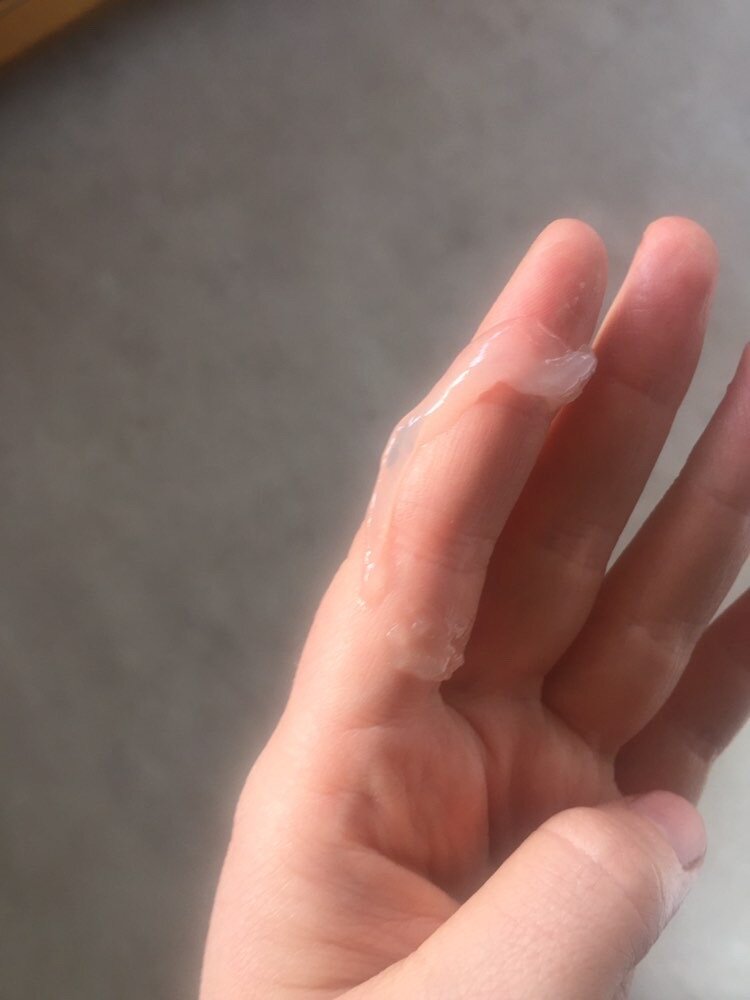How Much Discharge During Ovulation
Fertile cervical fluid helps sperm move up the.
How much discharge during ovulation. A brown discharge 6 days or 7 days past ovulation is an indication of implantation bleeding. At the same time it could also indicate you are already pregnant. To know your average basal body temperature it s important to chart your temperature every day throughout your monthly cycle. Females may have no discharge for a few days after their period.
Although eggwhite fertile mucus is preferred some women don t have much discharge at all while other women only have a little or the ovulation discharge is rather thick and creamy. This type of discharge signals that ovulation is approaching. Basal body temperature as a sign of ovulation. Some women check their cervical mucus to help predict ovulation so that they can time sex to increase or decrease the odds of conception.
Discharge during ovulation varies greatly for many women. Vaginal mucus also called cervical mucus or cervical fluid because it is secreted by glands near the cervix changes in amount and consistency throughout the phases of the menstrual cycle. During your menstrual cycle your vaginal epithelial cell and bacteria are washed out through cervical mucus produced from the cervix. Discharge increases in the middle of your menstrual cycle around day 14 as your body prepares to release an egg from the ovary.
Fertile discharge is thin clear or white and slippery much the same as an egg white. There are 2 types of discharges that you can have after ovulation that indicates that you may be pregnant. Cervical fluid discharge increases during the days leading up to ovulation and decreases after ovulation. Tracking your cervical mucus changes is a free and easy way to detect ovulation and get to know your fertility cycle better.
Clear watery discharge before during and after ovulation can be a way to tell if you are in your fertile period. Brown discharge after ovulation. There s a bit of a learning curve and it may take a few months before you learn to recognize the various changes in your vaginal discharge. As ovulation nears your discharge may become wetter.
Cervical mucus is fluid or gel like discharge from the cervix.

